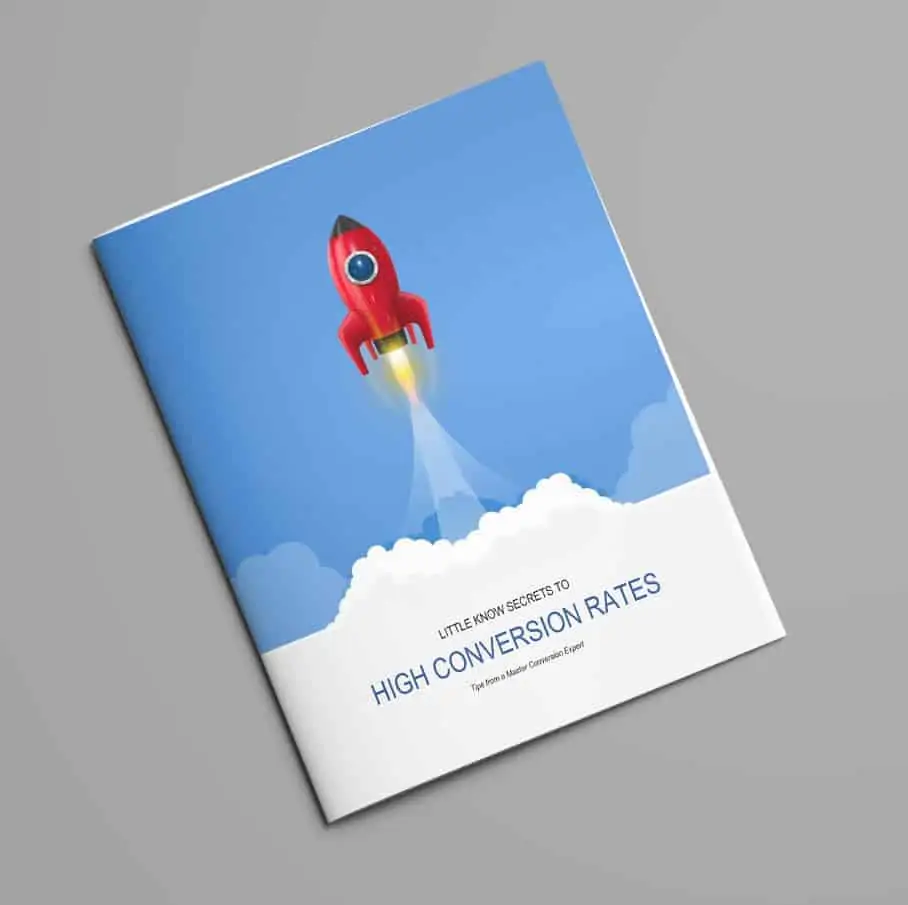Your starting budget is not as important as you might think. It’s when your ads start performing that you have to break out the calculator and do some real math. Whatever you do: don’t set-it-and-forget-it. The true strength of digital advertising is that it is MEASURABLE. Make your budget flexible depending on how your campaign performs. You can start with any reasonable test budget depending on your keyword popularity and intended geographic reach.
Determine a Budget – First Time Advertisers
The first step is to perform keyword research to identify phrases that are moderately priced and highly relevant to your offering. Next, develop a well-defined geographic region with room for expansion if the campaign is successful.
When first setting up your Google Ads campaign, determining a budget can be little daunting. Upon entering your keywords or website URL, Google will give you approximate costs per click. If you are like most, you’ve entered your top of funnel keywords (contractor, plumber, personal injury attorney, dentist, etc.). These keywords are very popular but they are also extremely expensive. If Google estimates your cost per click at $9, then your $10/day budget isn’t going to work well. Consider using keywords that have more of an urgent intent like “plumber near me” or “plumber for toilet repair”. Although these less popular keywords may still be expensive, they will convert better.
Next, you should install tracking scripts to measure the actions you want people to take after clicking your ads. This can be phone calls, submissions, sales, app downloads, etc. Google provides free tools for conversion tracking. Measuring your return is a crucial step. Once this is correctly setup, conversion tracking provides invaluable insight on what is working in your campaign. You can attribute success to individual keywords, ads, or even specific locations where your ad appeared.
Accurate measuring gives you the information needed to determine what to budget, and the appropriate size/scope of your campaign. Without tracking, it will be like shooting in the dark to make any kind of decisions on your future ad spending.
How to track conversions
You can track conversions directly in your Google Ads account or you can do it through Google Analytics. The method you choose is dependent on your goal. If you are only running campaigns on Google Ads, the simplest method is to use Google Ads. From your dashboard you can track leads, sales, phone calls from your ads, app downloads, and even phone calls that happen on the website.
If you would like to see conversion data from other channels – use Google Analytics and then import your goals into Google Ads as a conversion.
Determine a Budget – Seasoned Advertisers
Your ads have been running for a while and you are seeing impressions, clicks, and most importantly – conversions. Now what? The first thing to remember is that with digital advertising, your budget should not be set in stone. It should be capable of moving up or down – depending on performance.
If you start a paid search campaign with goals in place, it becomes easy to see when to increase or decrease your spend. Most small businesses have only one goal in mind: “We want more customers.” But you must know what you are will to pay to see a true measure of success or failure.
Put a monetary value on what customer acquisition costs should be for you – so that your goal transforms into “We want more customers at a maximum cost of $50 each”. The more definite you can make your goal, the easier it becomes to measure performance.
For an ecommerce business you can track the income from a sale. Considering the profit on each sale; you can easily determine if your ads are working – at the end of the day, you just need to make certain your conversion value is greater than your costs. How much greater depends on your individual needs – while one business would be happy to see 2:1, another business may need 5:1 or more.
For a lead generation goal, let’s assume each new customer is worth $100 in profit (on average). When leads come in, not every one of them will result in a sale. If you get 10 leads and usually close 3, then your closing rate is 30%. To determine if your ads are performing, you would compare the income from 30% of your conversions to the full cost of ads.
In both above scenarios, you must first know your true costs. Whether you are selling products or looking for lead generation, you have fixed costs. The first task is to identify what a customer is worth to you.
Summary
If this sounds a little confusing, don’t worry! At the G3 Group, we help advertisers get up and running and keep their campaign performance at its best. Talk to a PPC specialist today.





